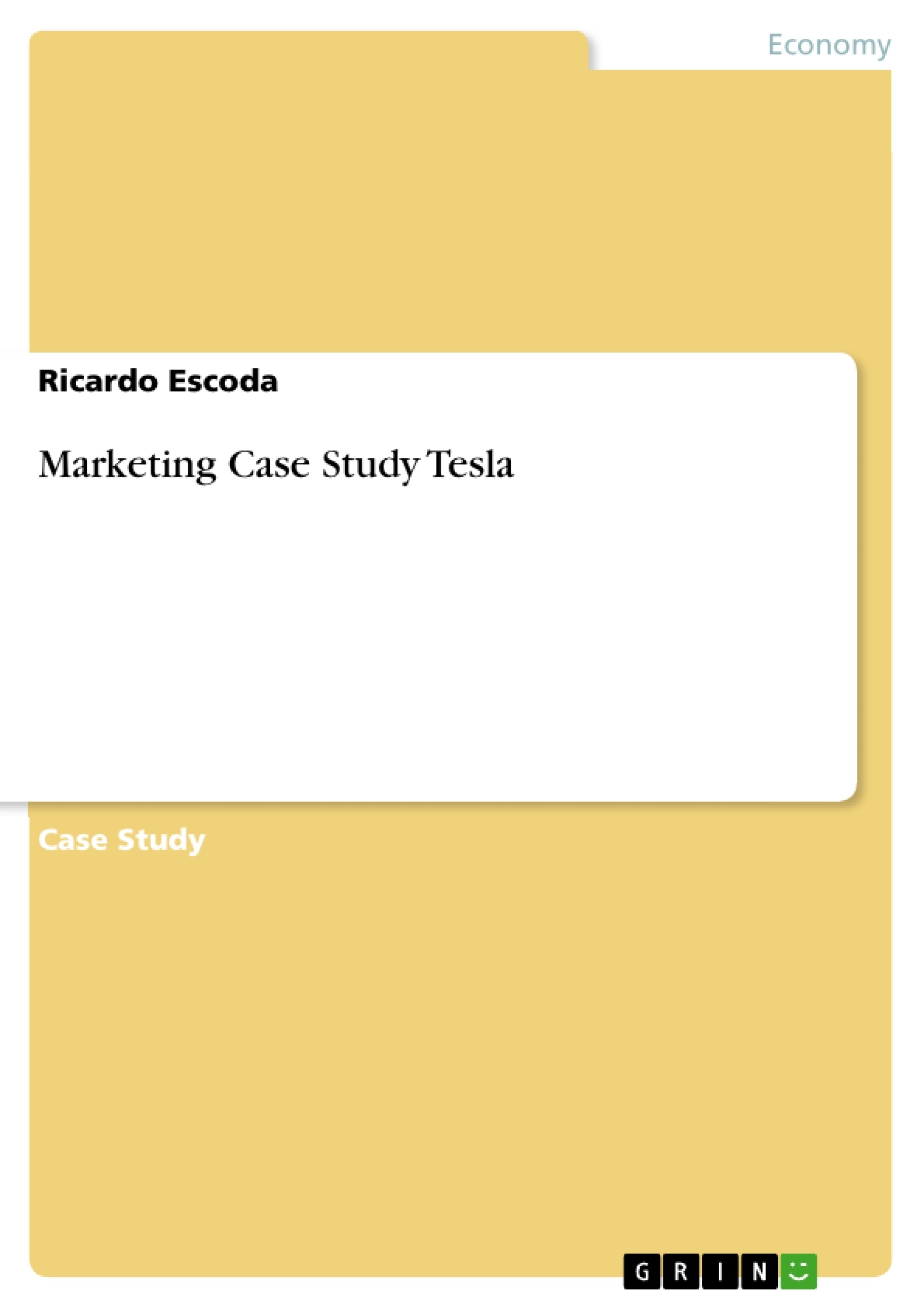As the number of publications referring to Tesla increased formidable during the last years, it is a highly discussed automotive brand, which is becoming more and more important. In August 2017, the Bernstein Research Institute published a study dealing with brand enjoyment and service experiences of 286 Tesla owners, which resulted in a fanatical brand loyalty autonomous of the region the participants lived in.
This paper deals with aspects of Global Marketing Management and Customer Relationship Management, which on the one hand include growth drivers and complexities that underpin the strategy of Tesla in its quest to exercise market power in a very competitive automotive market place, and on the other hand examine how Tesla was able to connect its customers as prominent iconic luxury brand. In the end of this paper a “blue print” model on how Tesla might build and embrace a customer driven marketing strategy aimed at building tighter bonds with its loyal customers and delivering added value will be proposed.
Contents
List of figures
1. Introduction
2. Part I: Global Marketing Management
2.1 Evaluation of the underlining growth drivers
2.2 Complexities that underpin Tesla’s business model strategy
2.2.1 PESTLE analysis
2.2.2 Porter’s Five Forces
2.2.3 SWOT analysis
3. Part II: Customer Relationship Marketing
3.1 The Tesla brand as prominent iconic luxury brand
3.2 Proposal for a “blue print” model to build tighter bonds with loyal customers and deliver added value
4. Bibliography



